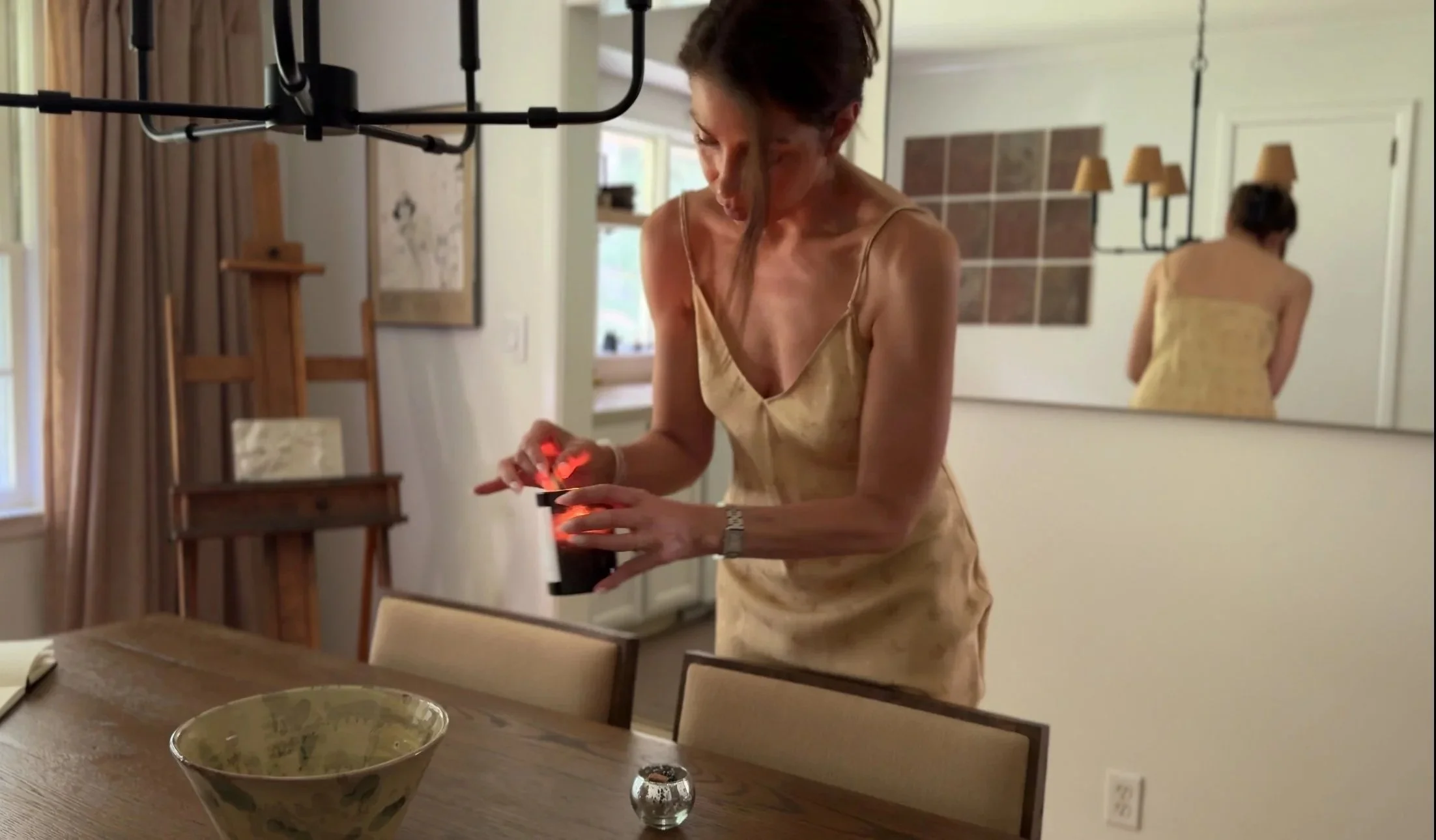The Aesthetic Mind: How Beauty in Our Homes Shapes Mental Health and Emotional Identity
We often underestimate the silent influence our surroundings have on our emotional landscape. Yet the truth is simple: our environment is not just where we live—it’s who we are becoming.
The colors we wake up to, the textures we touch, the light that fills a room—each plays a subtle psychological role in shaping our mood, focus, and sense of belonging. This is the essence of Emotional ROI™: the return on how your space makes you feel.
Below are eight ways that aesthetics directly impact your mental health and positivity—along with simple, actionable upgrades that can help you surround yourself with the beauty of everyday life.
1. Calm Begins in the Environment
When your space feels calm, your nervous system follows.
Why it matters: Visual clutter and harsh lighting can unconsciously trigger stress responses, while softness and order create physiological ease.
Try this:
• Add plants or natural wood accents to ground the senses.
• Switch to warm, dimmable lighting that signals safety and relaxation.
• Keep clear, open surfaces—your mind mirrors what it sees.
Emotional ROI: Calm, grounding, safety.
2. Beauty Fuels Creativity and Focus
Your surroundings influence your ability to think freely and stay inspired.
Why it matters: Beautiful spaces create emotional coherence; disorganized ones fracture creative flow.
Try this:
• Hang art that sparks imagination or emotional resonance.
• Designate a creative corner—even a small desk with a candle and notebook.
• Use color intentionally (blue for focus, green for flow).
Emotional ROI: Clarity, expansion, inspiration.
3. Aesthetics Shape Positivity
Joy can be cultivated through visual cues that remind your body to feel good.
Why it matters: Surrounding yourself with beauty trains your mind to expect pleasure, not pressure.
Try this:
• Display personal items that make you smile.
• Add bright accents through pillows or artwork.
• Keep fresh flowers where you see them often.
Emotional ROI: Joy, gratitude, optimism.
4. The Sanctuary of Sleep
A beautiful bedroom is not indulgent—it’s medicine.
Why it matters: The aesthetic of your sleep space directly affects your ability to rest and restore.
Try this:
• Invest in high-quality bedding that feels luxurious.
• Choose soothing colors like blush, taupe, or soft blue.
• Use thick curtains or sound-absorbing rugs for peace.
Emotional ROI: Rest, renewal, harmony.
5. Design as Mindfulness
Your home can remind you to pause and breathe.
Why it matters: Environments of simplicity and intention naturally promote presence.
Try this:
• Keep fewer, more meaningful items in each space.
• Create a mindful corner with a candle, journal, or plant.
• Allow sunlight to set your circadian rhythm.
Emotional ROI: Presence, awareness, centeredness.
6. Spaces That Nurture Connection
Beauty invites people to linger—and connection thrives where comfort exists.
Why it matters: We are wired to feel emotionally safe in environments that feel harmonious.
Try this:
• Arrange seating for conversation, not just convenience.
• Use warm lighting to create intimacy.
• Design a dining space that feels like ceremony, not obligation.
Emotional ROI: Belonging, intimacy, shared joy.
7. Expression Through Design
A beautiful home reflects your identity in its highest expression.
Why it matters: When your environment mirrors who you truly are, your confidence and alignment rise naturally.
Try this:
• Curate unique art or photography that feels like you.
• Choose signature colors and materials that match your personal brand.
• Display symbols of growth—books, heirlooms, or meaningful objects.
Emotional ROI: Self-expression, confidence, authenticity.
8. Order as Emotional Stability
Aesthetics are not only visual; they’re energetic. Order creates peace.
Why it matters: A tidy home communicates capability and self-respect to your subconscious.
Try this:
• Implement organizational systems that feel intuitive.
• Choose a consistent color palette for visual flow.
• Keep a daily reset ritual—a 10-minute tidy that grounds your energy.
Emotional ROI: Control, clarity, stability.
When we design for beauty, we’re designing for well-being.
When we choose light that soothes, fabrics that nurture, and art that awakens—our homes stop being backdrops and start becoming mirrors.
In the psychology of aesthetics, every object holds an identity cue. The way you style your space is the way you tell your nervous system: this is who I am now.


